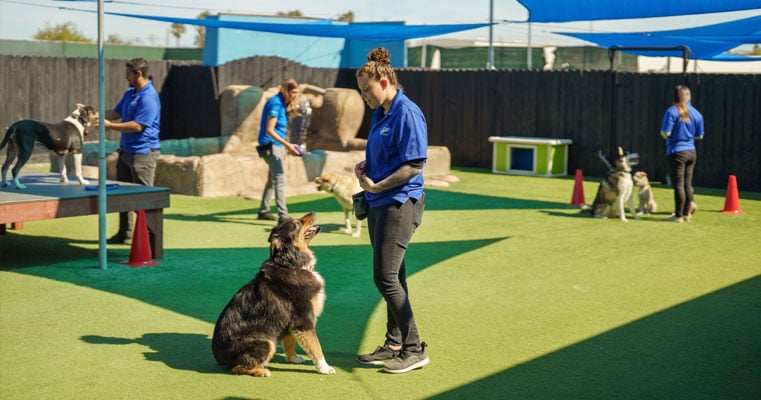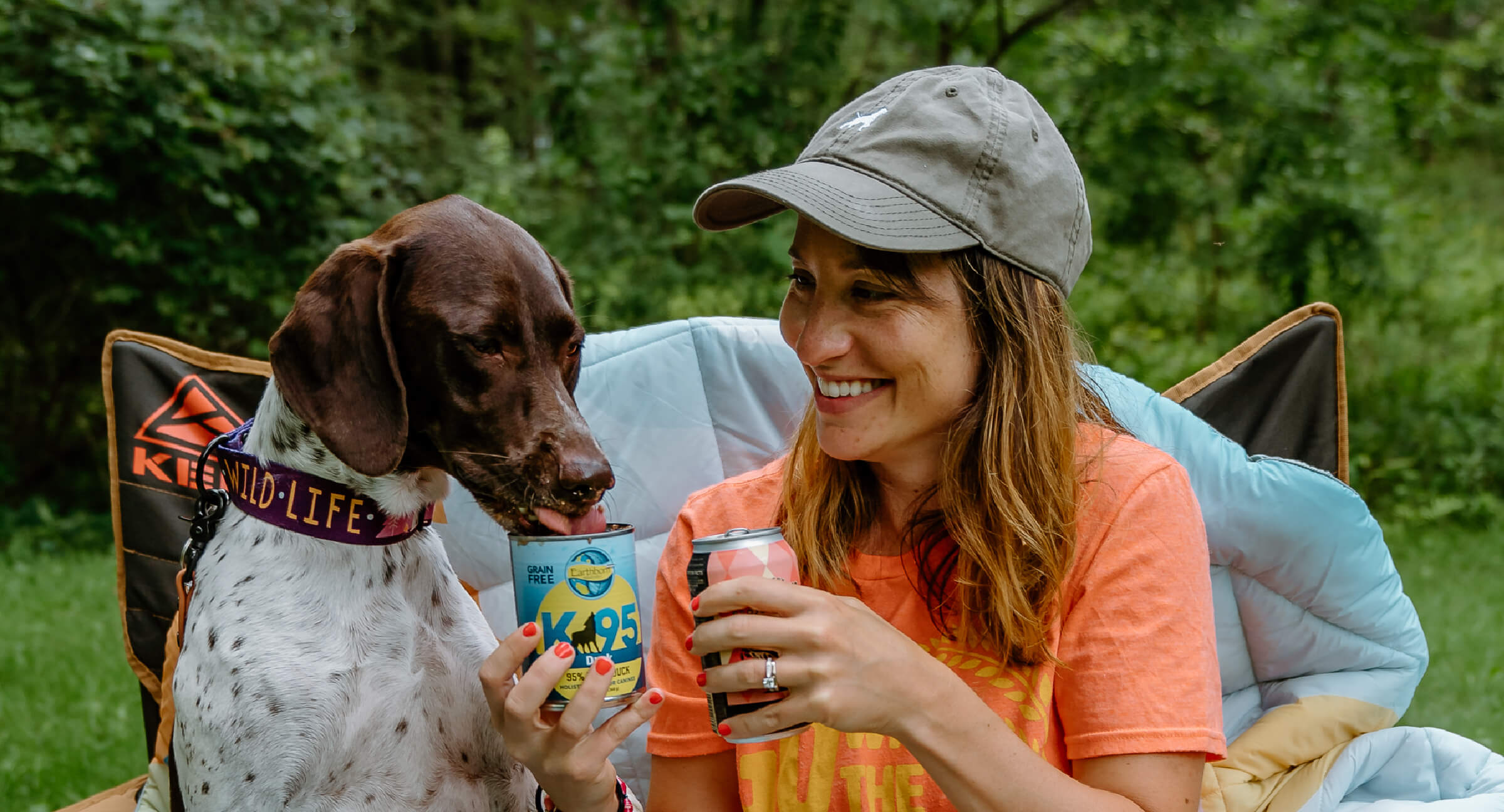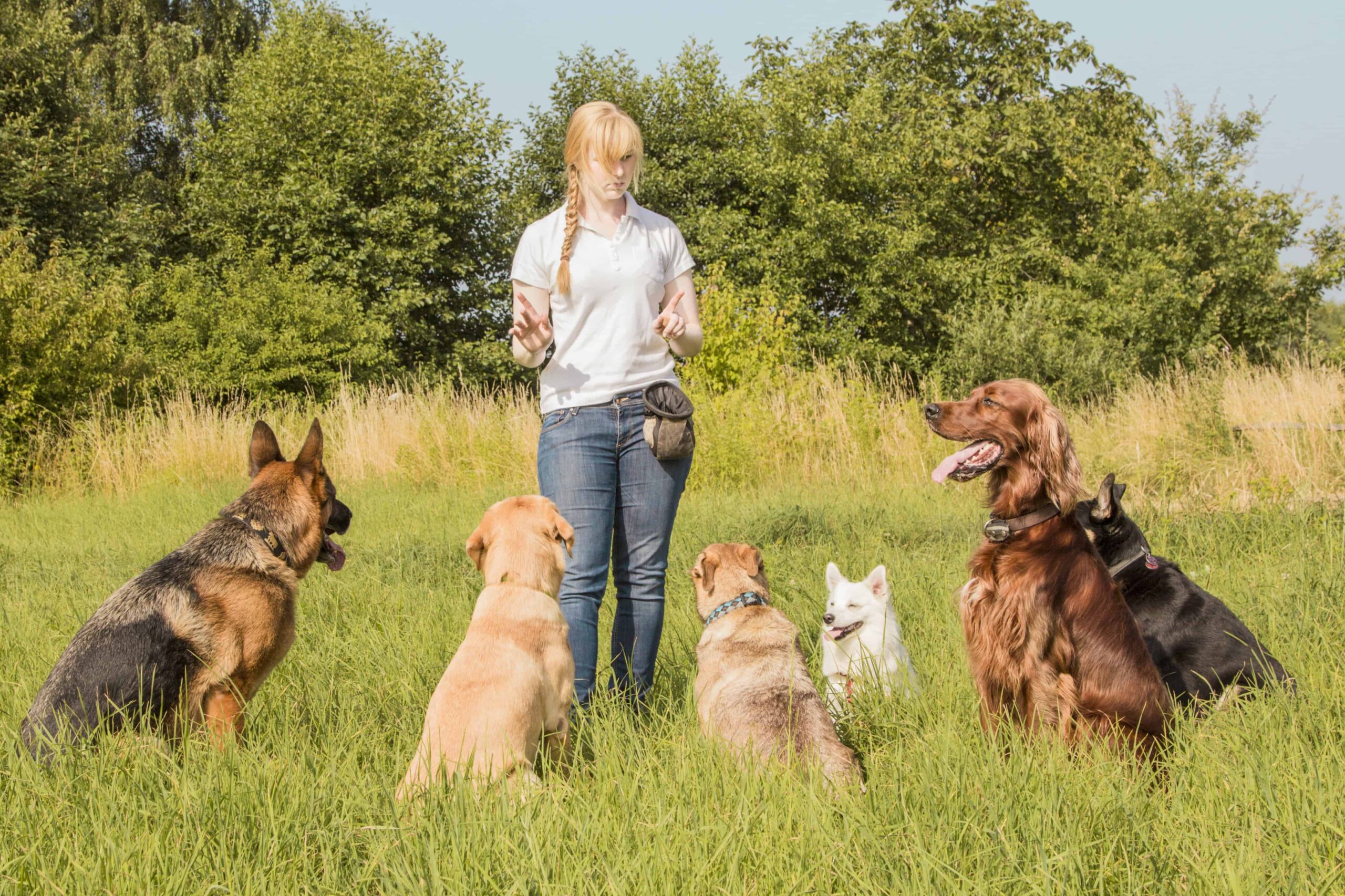Necessary Tips for Successful Dog Training: An Overview for Animal Owners
Reliable pet dog training is a diverse procedure that calls for a strategic approach tailored to both the animal's character and the owner's goals. Key components such as establishing consistent commands, utilizing positive reinforcement, and assisting in very early socialization play essential roles in fostering a well-adjusted canine companion. Nevertheless, several pet owners encounter obstacles that can hinder progression, leading to stress and unpredictability. Understanding how to navigate these obstacles can significantly enhance the training experience, ultimately transforming the connection between owner and dog. What are the essential strategies that can be used to guarantee success in this endeavor?
Understanding Canine Behavior
Understanding pet dog behavior is essential for efficient training and fostering an unified relationship in between canines and their proprietors. Canines connect primarily through body movement, vocalizations, and actions, making it crucial for owners to analyze these signals accurately. Identifying a dog's pose, tail position, and ear positioning can give insights right into its mood. A wagging tail does not constantly indicate happiness; it can additionally signal enjoyment or anxiousness.

Socialization plays a substantial function in pet dog habits; exposure to various environments, people, and various other animals can considerably impact a dog's temperament. Factors such as type attributes and private temperament should lead training approaches, as some types may have details behavior characteristics that necessitate tailored strategies. By recognizing these aspects, owners can produce a supportive environment that urges positive actions, resulting in effective training results and a deeper bond with their family pets.
Establishing Regular Commands
Efficient communication with your pet dog begins with establishing regular commands. This foundational component of training is critical for promoting understanding in between you and your animal. Uniformity in the commands you use makes sure that your dog can dependably associate certain words or phrases with the preferred actions.
When choosing commands, choose clear, unique words that are very easy to state and set apart from each other. Stay clear of making use of similar-sounding commands that may perplex your canine. Using "sit" and "stay" is ideal, but "sit" and "hit" might lead to misunderstandings.
Furthermore, preserve the very same tone and volume for each command. Pet dogs are delicate to singing cues, so varying your tone can produce complication.
It is just as vital to make certain that all member of the family are on the very same web page relating to the commands utilized. A united front in command usage will certainly stop blended signals and reinforce the learning procedure.
Positive Reinforcement Strategies
The power of favorable reinforcement in dog training lies in its capability to motivate wanted habits through incentives and praise. This technique is based in the principle that actions complied with by beneficial end results are a lot more likely to be duplicated. By incorporating favorable reinforcement right into your training program, you can effectively form your canine's actions in a useful manner.
To carry out positive support, it's important to identify what inspires your pet, whether it be treats, playthings, or verbal appreciation. When your dog does a desired activity, such as remaining on command, promptly reward them with a treat or love. This association in between the command and the favorable outcome reinforces their understanding.
It's crucial to timing the benefits appropriately; delivering the support within secs of the desired habits aids your dog make the connection (dog training). In addition, consistency is essential-- make certain that all family members make use of the same commands and benefit systems to stay clear of complication

Slowly, you can lower the frequency of treats as your pet dog learns the habits, transitioning to commend or recurring rewards. This technique not just cultivates a strong bond between you and your canine yet additionally promotes a positive knowing atmosphere, making educating a delightful experience for both.
Socialization and Communication
Consistently subjecting your pet dog to a range of settings, individuals, and various other pets is critical for their social growth. Socializing should start early, preferably throughout the critical home window of 3 to 14 weeks, when pups are most responsive to brand-new experiences. Nonetheless, older pets blog can additionally take advantage of continuous socializing efforts.
Introduce your pet to various setups, such as parks, pet-friendly shops, and city locations. This exposure assists them adapt to various stimulations, reducing anxiousness and anxiety feedbacks. Motivate positive interactions with other pets and individuals, ensuring that these experiences are regulated and risk-free to promote confidence.
Make use of organized playdates with well-mannered pets, as this can improve your dog's social abilities and teach them ideal habits. Obedience courses and training sessions likewise provide exceptional opportunities for socializing, allowing your pet dog to interact with others in a monitored environment.
Screen your pet's body language throughout interactions, as this will certainly help you assess their comfort level. Progressively increase direct exposure to even more difficult scenarios while guaranteeing that each experience declares. A well-socialized dog is more probable to display balanced actions, making them a pleasure to have in any type of setup.
Dealing With Usual Training Challenges
Every pet dog proprietor will experience training obstacles at some time, despite their pet dog's age or socializing degree. Identifying typical problems such as stubbornness, distractions, and fearfulness can assist in creating reliable strategies for renovation.

Diversions throughout training sessions can thwart emphasis. To battle this, begin training in a peaceful setting with marginal stimulations. Progressively present diversions as the pet comes to be extra skillful in commands. Short, constant training sessions are additionally reliable in keeping interest.
Fearfulness can hinder a pet's understanding my company procedure. Progressive desensitization to the source of fear, coupled with favorable reinforcement, can help alleviate anxiousness. Perseverance is critical; never ever require a dog right into a circumstance that causes distress, as this might worsen the issue.
Ultimately, understanding and addressing these common obstacles with a structured approach will certainly promote a more effective training experience, enhancing the bond between pet and owner while advertising efficient learning.
Verdict
In summary, effective canine training relies upon a detailed understanding of canine behavior, the facility of consistent commands, and the application of favorable reinforcement methods. Socialization plays a critical function my site in developing well-adjusted family pets, while dealing with usual training challenges calls for patience and versatility. By executing these crucial methods, animal proprietors can foster a solid bond with their canines and advertise desirable actions, ultimately bring about a harmonious partnership between human beings and their canine buddies.
Understanding pet actions is crucial for efficient training and fostering an unified connection in between canines and their owners.Socialization plays a substantial role in pet dog actions; direct exposure to different atmospheres, individuals, and other animals can dramatically impact a canine's personality.The power of positive reinforcement in pet dog training lies in its capacity to urge preferred behaviors through benefits and appreciation. By including positive reinforcement right into your training routine, you can effectively shape your canine's actions in a positive fashion.
In recap, successful dog training relies on an extensive understanding of canine behavior, the establishment of consistent commands, and the application of positive reinforcement techniques.
Comments on “The Ultimate Overview to Favorable Support in Dog Training”